#47 Anonymous Object in java | Skyhighes | Lecture 47
Here's a comprehensive explanation of anonymous objects in Java, incorporating visuals:
What are anonymous objects?
Objects created without a reference variable: They are instantiated directly at the time of use, without being assigned to a named variable.
Short-lived: They typically exist only within a single expression or method call.
Syntax:
Java
new ClassName(arguments);
Use code with caution. Learn more
Visual representation:
Example:
Java
System.out.println(new Person("Alice", 30).toString());
Use code with caution. Learn more
This creates a Person object with the specified name and age, but doesn't assign it to a variable.
The object is used immediately for the toString() call and then becomes eligible for garbage collection.
Common use cases:
Passing objects to methods:
Java
myList.add(new Person("Bob", 25)); // Adding an anonymous Person object to a list
Use code with caution. Learn more
Creating temporary objects for one-time use:
Java
int result = new Calculator().add(5, 3); // Using an anonymous Calculator object for a single calculation
Use code with caution. Learn more
Implementing interfaces or abstract classes on the fly:
Java
Runnable task = new Runnable() { // Anonymous implementation of Runnable interface
@Override
public void run() {
System.out.println("Task running...");
}
};
Use code with caution. Learn more
Key points:
Anonymous objects are useful for concise code and situations where you only need an object temporarily.
They can simplify code by avoiding the need for extra variables.
However, use them judiciously as excessive use can make code less readable and maintainable.
Consider using named objects for objects that need to be referenced multiple times or have a longer lifespan.
-
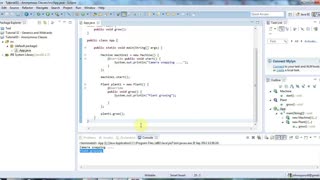 8:56
8:56
Programming Tutorials
1 year agoLearn Java Tutorial for Beginners, Part 32: Anonymous Classes
4 -
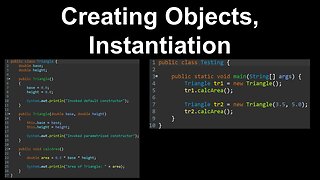 3:57
3:57
DrOfEng
2 months agoCreating Objects, Instantiation, Constructors, Classes, Java - AP Computer Science A
5 -
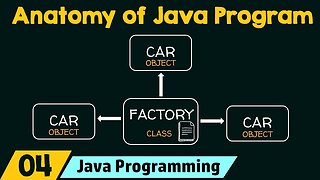 12:39
12:39
REDEFINING EDUCATION
1 year agoAnatomy of Java Program
9 -
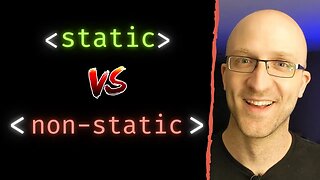 11:28
11:28
Coding With John
8 months agoStatic vs Non-Static Variables and Methods In Java - Full Simple Tutorial
24 -
 5:00
5:00
sdeepak
6 years agoJava tutorial
94 -
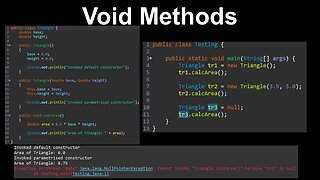 2:18
2:18
DrOfEng
2 months agoVoid Methods, Classes, Objects - AP Computer Science A
5 -
 9:00
9:00
Coding With John
6 months agoJava's Garbage Collection Explained - How It Saves your Lazy Programmer Butt
6 -
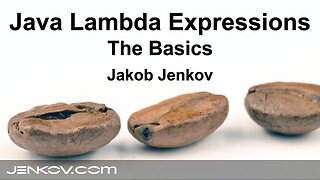 15:57
15:57
jjenkov
1 year agoJava Lambda Expressions #1 - The Basics
18 -
 3:08
3:08
AHMEDKAZEKA97
1 year agoBeginning Java Programming Course for AP Computer Science
180 -
 2:33
2:33
AHMEDKAZEKA97
2 years agoA Practical Approach to Java 8
23